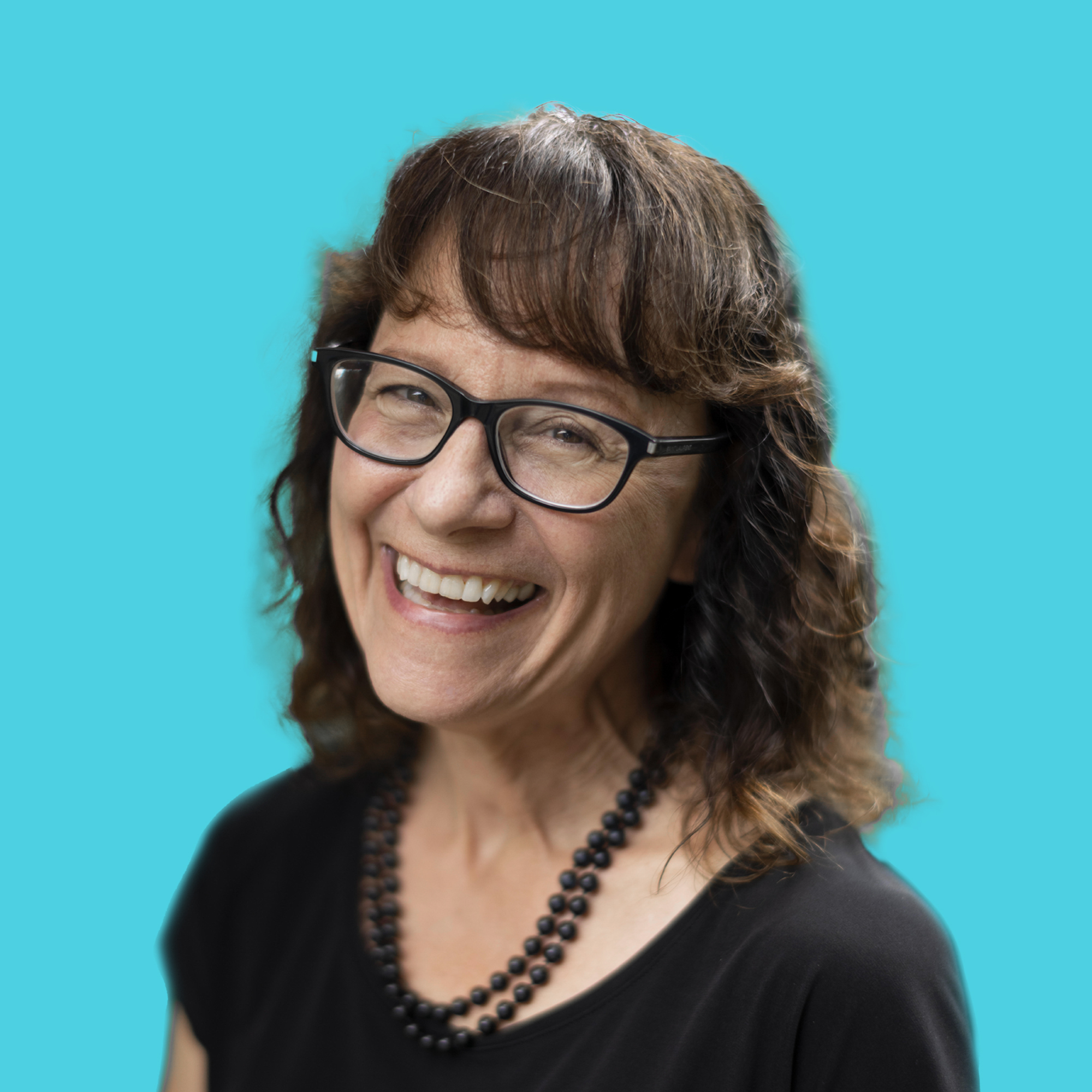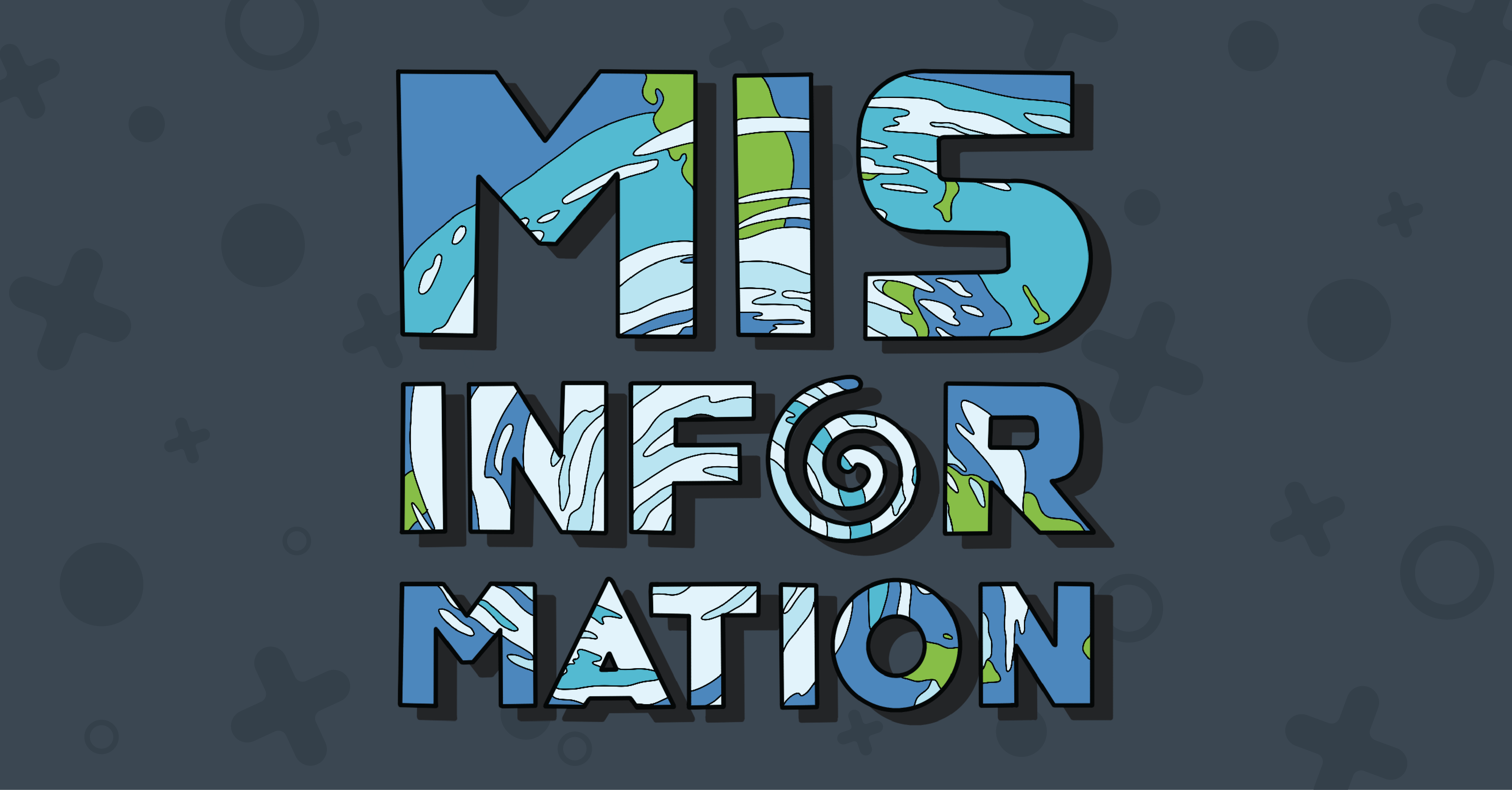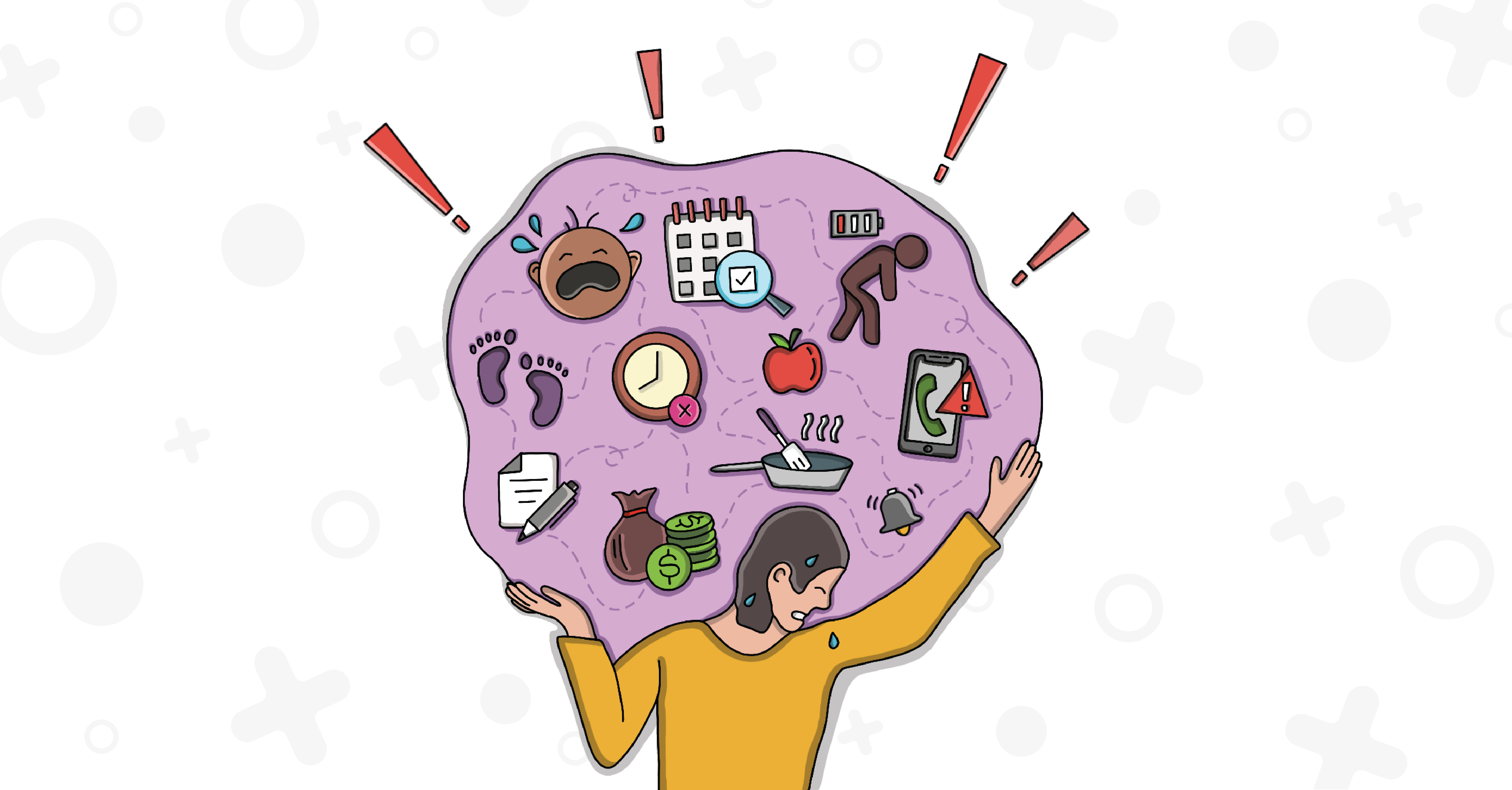
Climate Is Worse Than You Think — Here’s How to Not Give Up
Last week I had the luck to meet two climate change heroes: scientists who for decades have steadily been researching and publishing the data that shows we are warming the Earth to levels unprecedented in human history. The good news is most Americans are finally waking up to our new reality. The bad news, I’m sorry to say, is that the more climate scientists learn, the more dire their predictions become. And unless climate communicators are careful, most sensible people will have the same reaction I did as my heart sank at Dr. Harold Wanless’ maps showing South Florida disappearing underwater in 80 years. My instincts told me to run out the door, gather my friends and party like there’s no tomorrow – because it’s going to get bad before it gets worse. So if you are in the business of communicating about climate, here’s how to leverage behavioral science to stave off that ostrich effect and empower people to take action.
Match urgency with agency. Dr. Michael Mann, whose famous 1999 hockey stick graph sparked the first broad-scale discussions about human-caused climate change and led climate deniers to launch virulent attacks against him for years, keynoted the CLEO Institute’s Empowering Capable Climate Communicators Symposium in Miami last week. As he laid out a history of climate science that stretches back two centuries, he also emphasized the need to equip people to take action. We can’t just warn people about the problem and leave them to despair. We need to give them tools to do something about it.


Humble heroes. I was honored to meet Dr. Michael Mann (in the yellow shirt, with me and my husband) and Dr. Harold Wanless at the CLEO Institute symposium. Both are scientists first and foremost. But their data point to dark predictions they feel morally obligated to share.
Get mad. We want people to fight, not take flight. Make sure your communications are not all doom and gloom because fear puts us in defensive mode where we want to hunker down in our caves. Use the science of stories to help people script their own personal epic narrative. We’ve been purposely fooled into complacency over the last two decades by people who are profiting off the status quo. It’s time to fight back, with a vengeance.
Think big. Yes, you should eat leftovers and change your light bulbs to LEDs. But as Susan Windmiller of the League of Women Voters Miami-Dade noted at the CLEO symposium, climate change is a big problem that needs big solutions. And that means policy change, which requires collective action. So encourage people to join something. Write their legislators. And for goodness sake, vote.
Think big, Part 2. In South Florida, sustainability isn’t aspirational — it’s already about survival. But as cities install half billion dollar pump systems, raise their roads and sea walls, and consider building new homes and buildings on stilts, some people are questioning the entire paradigm. At what point do sustainability measures become fiddling while Rome burns? Dr. Wanless’ models, which include slowing of the Gulf Stream, accelerated melting of the world’s ice sheets, and the resulting loss of gravitational pull, makes the U.S. government’s official worst case scenarios — 8 feet by 2100 — look like the best case. That means in just a few decades, vulnerable cities may need to begin thinking not about how to stay, but about how to leave. Municipalities will need to take action to prevent toxic waste— at garbage dumps, nuclear plants and coal ash pits— from being inundated by the ocean, where it would be dispersed around the globe. And inland cities shouldn’t feel complacent because South Florida’s 6 million residents— along with coastal residents around the United States— will need somewhere new to live. For those who are counting on breakthrough technology to pull carbon from the air, Dr. Wanless notes that over half of the excess heat since 1971 has been absorbed by the ocean.
It’s time to think really big, right now. We need a moonshot for climate.
 Have that party after all — but make it about change. After the 2016 elections elevated climate denial at the federal level, I started a community climate action coalition because I, personally, felt an urgent need to do something. (You can see my 15 seconds of fame in the National Geographic documentary Paris to Pittsburgh) I gathered my friends, who gathered their friends, and within a few months we succeeded in getting a unanimous commitment from the Orlando City Council to transition to 100% clean energy by 2050. As the jubilant, standing-room-only crowd poured from the council chambers, a woman I didn’t know turned to me and said, “I needed that win.” Yep. Me, too.
Have that party after all — but make it about change. After the 2016 elections elevated climate denial at the federal level, I started a community climate action coalition because I, personally, felt an urgent need to do something. (You can see my 15 seconds of fame in the National Geographic documentary Paris to Pittsburgh) I gathered my friends, who gathered their friends, and within a few months we succeeded in getting a unanimous commitment from the Orlando City Council to transition to 100% clean energy by 2050. As the jubilant, standing-room-only crowd poured from the council chambers, a woman I didn’t know turned to me and said, “I needed that win.” Yep. Me, too.
So go ahead and party. But with a purpose. Because we have some work to do.

Sara Isaac is Chief Strategist at Marketing for Change.





